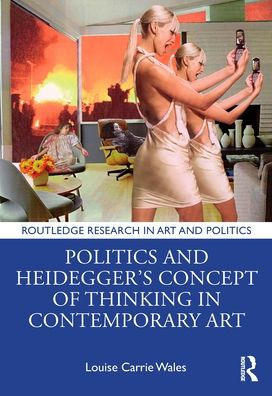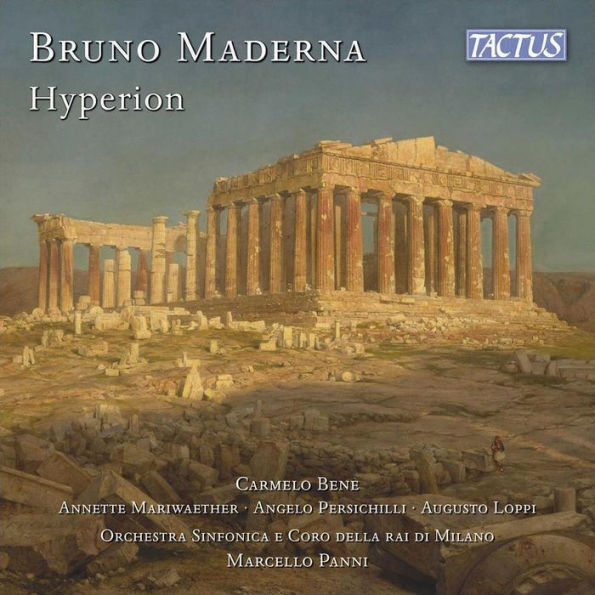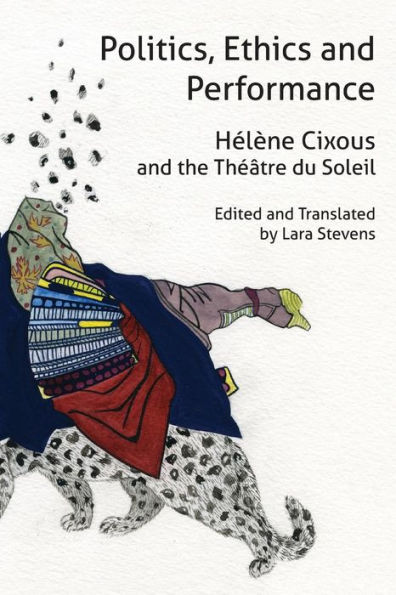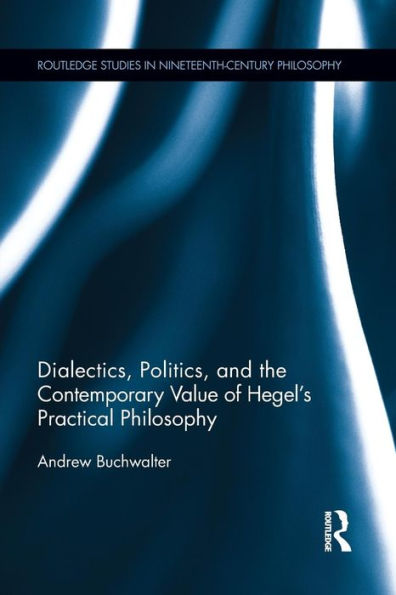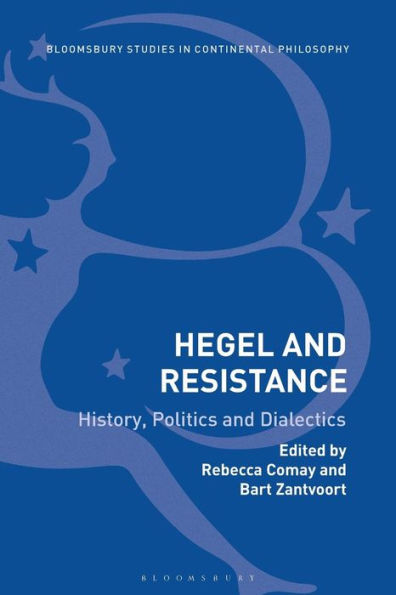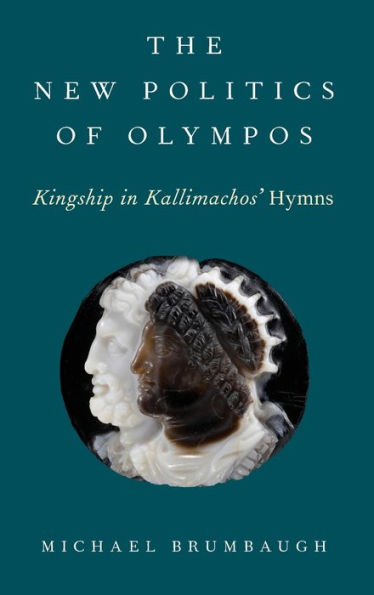Home
Politics and Truth H lderlin: Hyperion the Choreographic Project of Modernity
Barnes and Noble
Politics and Truth H lderlin: Hyperion the Choreographic Project of Modernity
Current price: $125.00
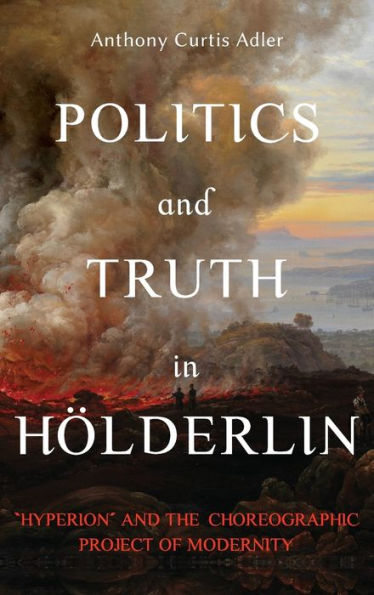

Barnes and Noble
Politics and Truth H lderlin: Hyperion the Choreographic Project of Modernity
Current price: $125.00
Size: Hardcover
Loading Inventory...
*Product information may vary - to confirm product availability, pricing, shipping and return information please contact Barnes and Noble
The first English-language study devoted to Hölderlin's novel in three decades, this book reveals Hyperion's literary and philosophical richness and its complex ties with politics, choreography, and economics.
While few would question the importance of Friedrich Hölderlin (1770-1843) for the development of German idealism and twentieth-century literature, philosophy, and critical theory, Hölderlin scholarship remains largely inaccessible to those working in English. This is especially true for his novel Hyperion - otherwise his most accessible work - which has not had a book-length study in English devoted to it in more than three decades. Anthony Curtis Adler opens Hölderlin's novel up to the reader by stressing its literary uniqueness, philosophical riches, complex ties with contemporaneous discourses, and relevance to contemporary Continental political theory. Neither merely a stepping-stone to his later and more esoteric poetry, nor a novelistic presentation of an idealist dialectics, Hyperion offers a powerful new vision of the relation between poetry, political economy, and philosophical truth. Poetry, for Hölderlin, anticipates forms of political life that have only been obscurely glimpsed; rather than imitating a luminously given idea of the Good, it patiently guides toward a dimly sensed better world. Thus it replaces the Platonic philosopher-king with the poetic leader of the dance. Yet in just this way, Adler shows, Hyperion's project converges with a constellation of quintessentially "modern" discourses and practices, including the codification of dance in early modernity and the rise of political economy in the 18th century. Readers will discover the "choreographic" logic underlying both of these - and, with this, a new way to think about the relations between literature, politics, economics, and dance.

